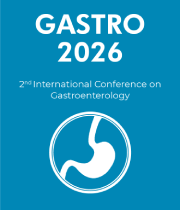Endomicroscopy
Endomicroscopy is a type of imaging technology that utilizes a miniature microscope to view the structure of internal tissue in real-time. This technology is used in a variety of medical applications to accurately diagnose and detect various diseases and conditions. Endomicroscopy can be used to visualize cells and tissues within the body and can be used to diagnose a variety of diseases, including cancer, ophthalmic diseases, inflammatory bowel disease, and gastrointestinal disorders. Endomicroscopy consists of three main components: the endoscope, the miniaturized microscope, and the imaging software. The endoscope is inserted into the body and used to deliver the miniaturized microscope to the desired area. The miniaturized microscope is then used to capture images of the cells and tissues within the body. The imaging software is then used to process the images and generate a detailed view of the structure of the tissue. Endomicroscopy has several advantages over traditional imaging techniques such as MRI and CT scans. First, endomicroscopy is minimally invasive and does not require the use of contrast agents or radiation. Second, endomicroscopy can provide high-resolution images in real-time, allowing for faster and more accurate diagnoses. Finally, endomicroscopy is much more cost-effective than traditional imaging techniques. In conclusion, endomicroscopy is a powerful imaging technology that can provide detailed images of internal tissue in real-time. This technology is minimally invasive, highly accurate, and cost-effective, making it a valuable tool for diagnosing a variety of diseases and conditions.



